
お雑煮は、正月の食べものですね。
日本で正月に食べる食べものには、おせち料理があります。
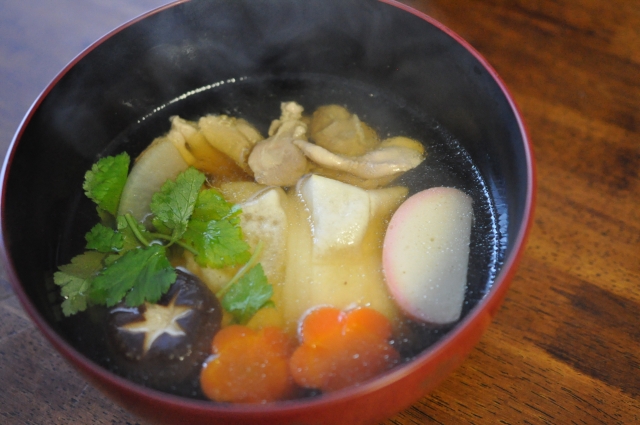
おせち料理以外に、多くの家庭で食べる食べものに、お雑煮があります。
お雑煮は、伝統的な日本料理であり、1年の無事を祈り、正月に食べる風習があります。
お雑煮は、日本の各地で味付けも、中に入れるものも違います。
味付けとしては、醤油でしたり、味噌でしたり住んでいる地域や家庭によって違います。
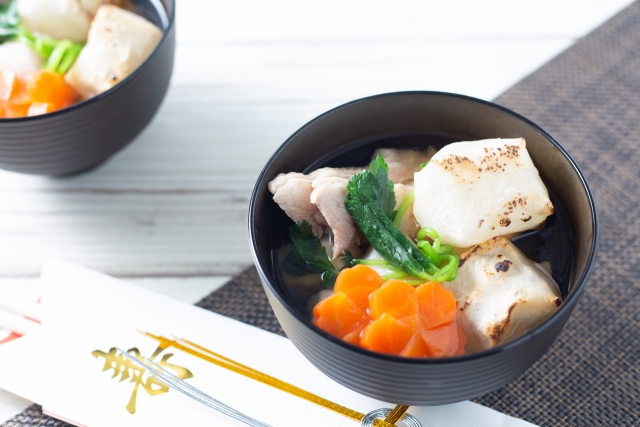
中に入れる野菜や肉は、大根、人参、さといも、鶏の肉などですが、これも住んでいる地域や家庭によって様々です。
しかし、必ず入れるものがお餅です。
お餅は、正月などの特別な日に神さまに捧げる神聖な食べものでした。 正月にお餅を食べるのは、平安時代に、高貴な人々の間で、健康と長生きを祈って食べたのが始まりだとされています。 お餅は、長くのびて切れないことから、長生きを願う意味が込められています。
お餅には、丸餅と角餅があります。丸餅は、日本の西側で、角餅は、日本の東側で食べられることが多いです。
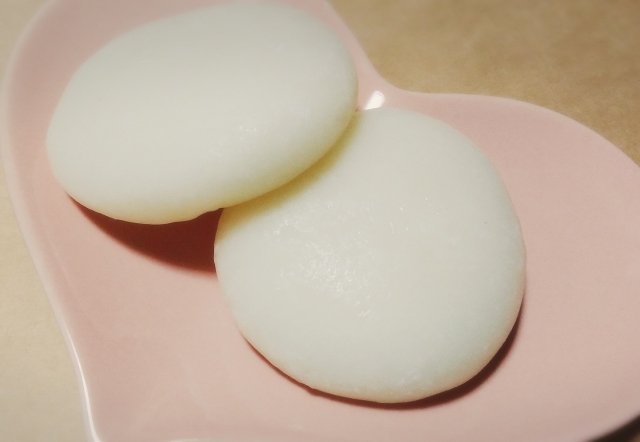
丸餅は、1つ1つ手で丸めるため手間がかかりますが、「角が立たず円満に過ごせますように」という意味があります。西日本では、お雑煮に入れる野菜なども、丸く切ることが多いそうです。
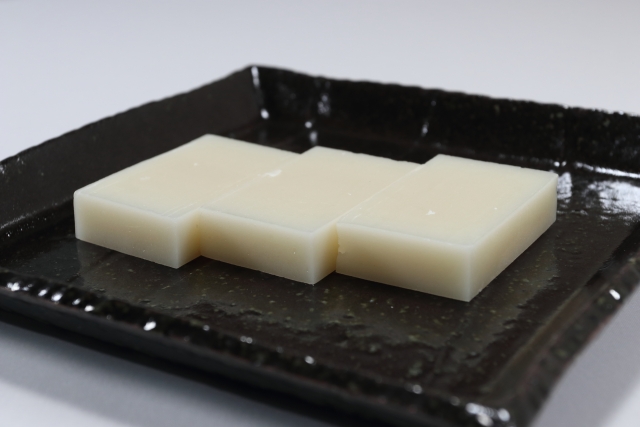
それに比べて、角餅は、ついたお餅を板状に薄くのばした「のし餅」を切るだけでできます。のし餅には、武士が戦を前に、「敵をのしてしまおう」という意味があったそうです。
⭐️ ⭐️
日本の正月や調味料に関係する言葉も読んでください。
おせち料理 Osechi dishesにすすむ(このブログにあるページ)
餅つき Rice cake poundingにすすむ(このブログにあるページ)
醤油 (このブログにあるページ)
味噌 (このブログにあるページ)
Zoni
Osechi ryori is one of the most popular foods eaten in Japan during the New Year.
In addition to Osechi ryori, Zoni is another food eaten in many households.
Zoni is a traditional Japanese dish that is eaten during the New Year’s holiday to pray for a safe and healthy new year.
The seasoning and ingredients used in ozoni differ from region to region in Japan.
The seasoning may be soy sauce or miso, depending on the region and household.
Vegetables and meats are usually daikon radish, carrots, satoimo, chicken meat, etc., depending on the region and the family.
However, one thing that is always added is rice cake/mochi.
Mochi was a sacred food offered to the gods on special occasions such as New Year’s Day. It is believed that the eating of mochi on New Year’s Day began in the Heian period (794-1192) among noble people to pray for good health and longevity. Mochi has a meaning of wishing for longevity because of its long and unbreakable length.
There are two types of mochi: round and square. Round rice cakes are often eaten in the western part of Japan, while square rice cakes are eaten in the eastern part of Japan.
Round rice cakes are rounded by hand, which takes a lot of time and effort, but they are meant to “keep the corners square and to wish for a happy and peaceful life. In western Japan, vegetables and other items to be added to ozoni are also often cut into round pieces.
In comparison, square rice cakes are made by simply cutting Noshimochi, which is made by rolling out a thin layer of rice cake into a board shape. Noshimochi is said to have had the meaning of “vanquishing the enemy” when warriors were preparing for battle.
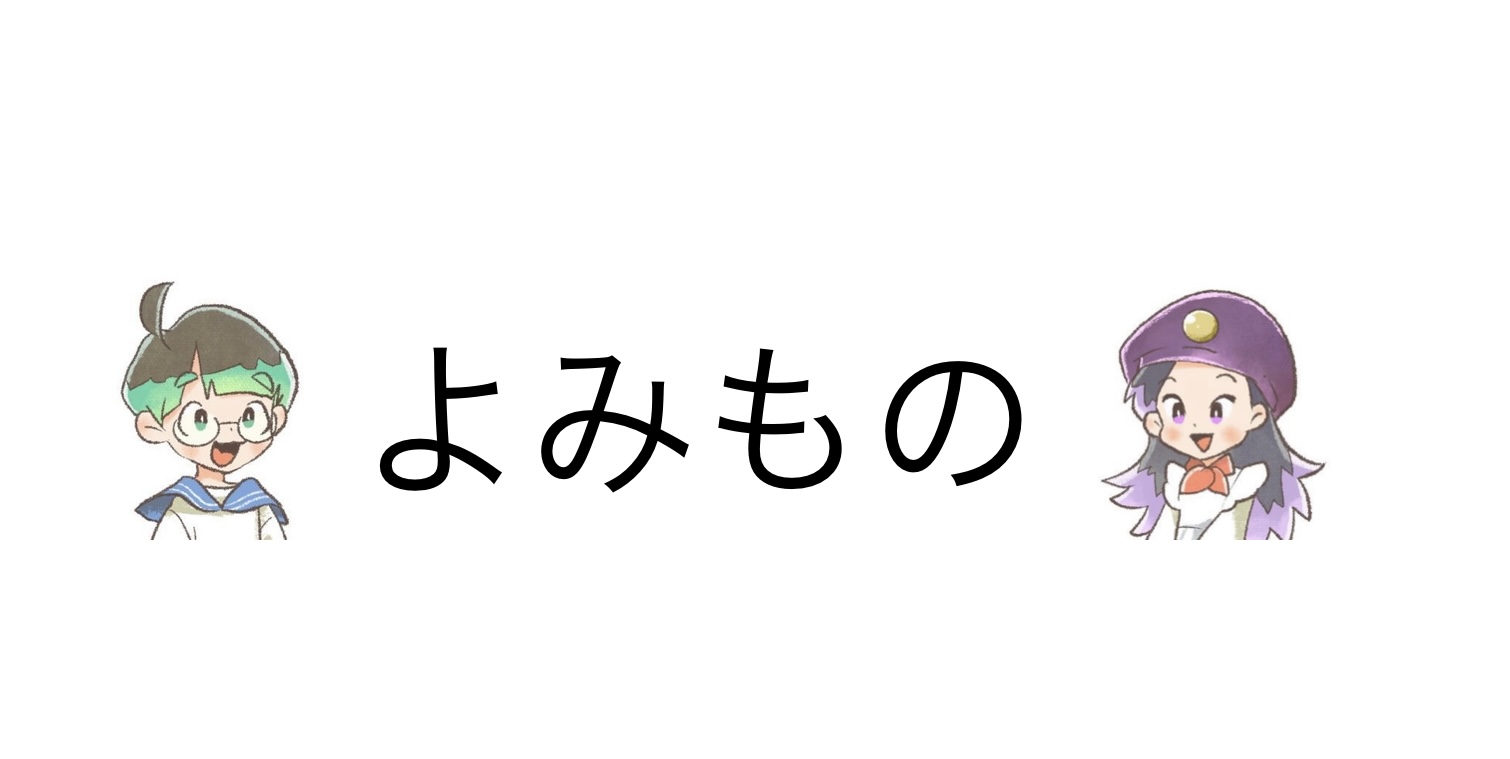
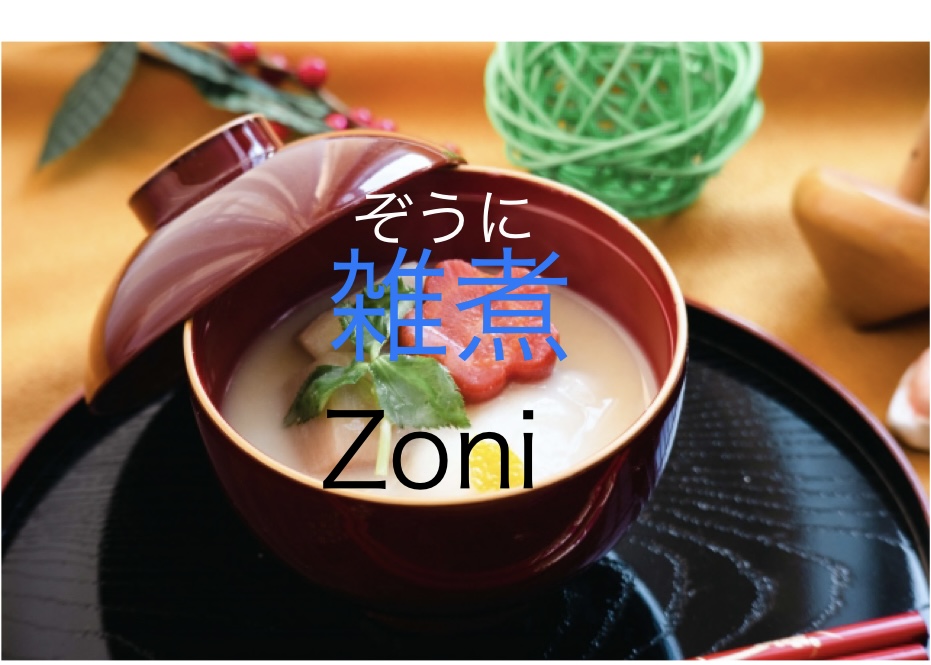


コメント